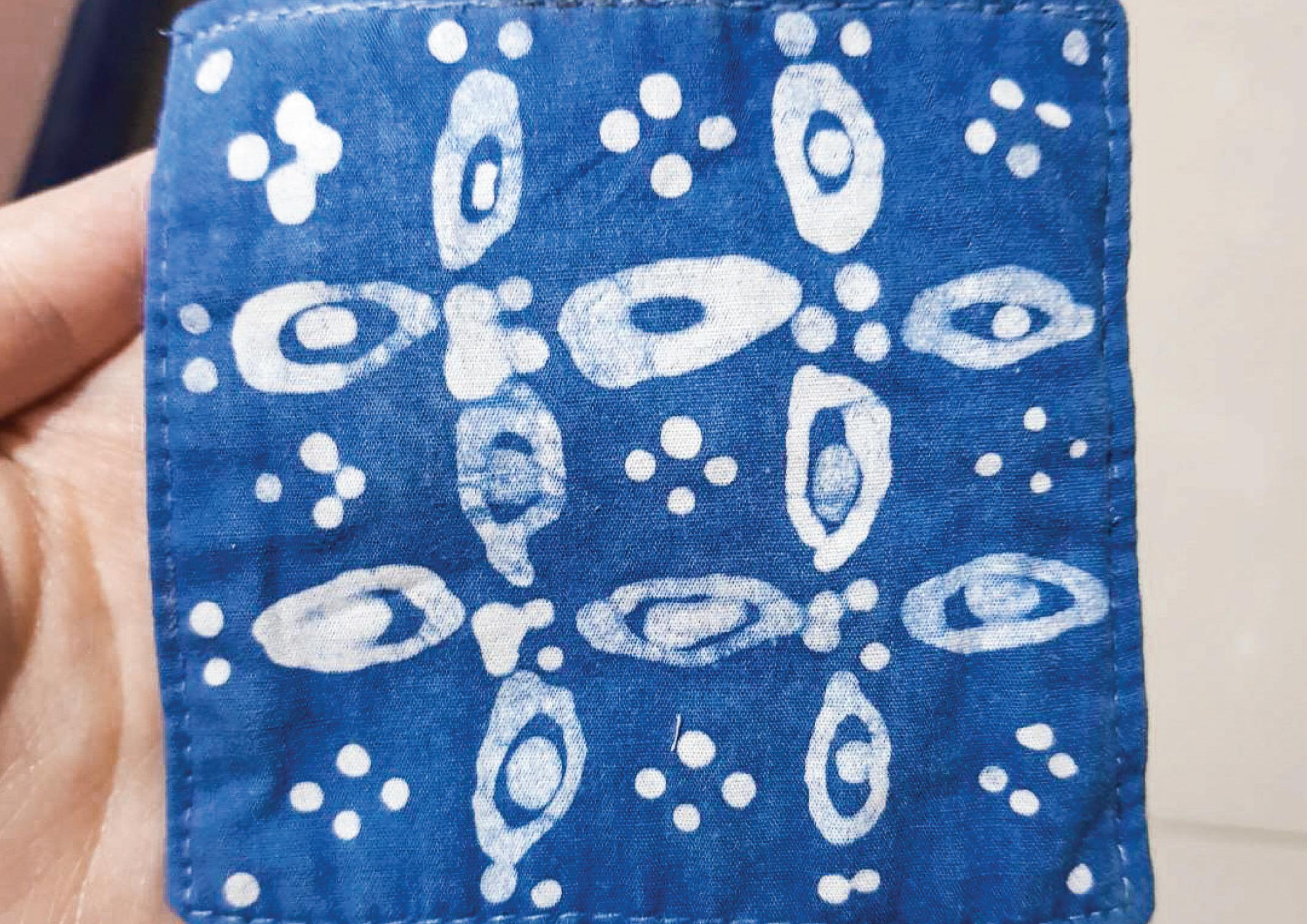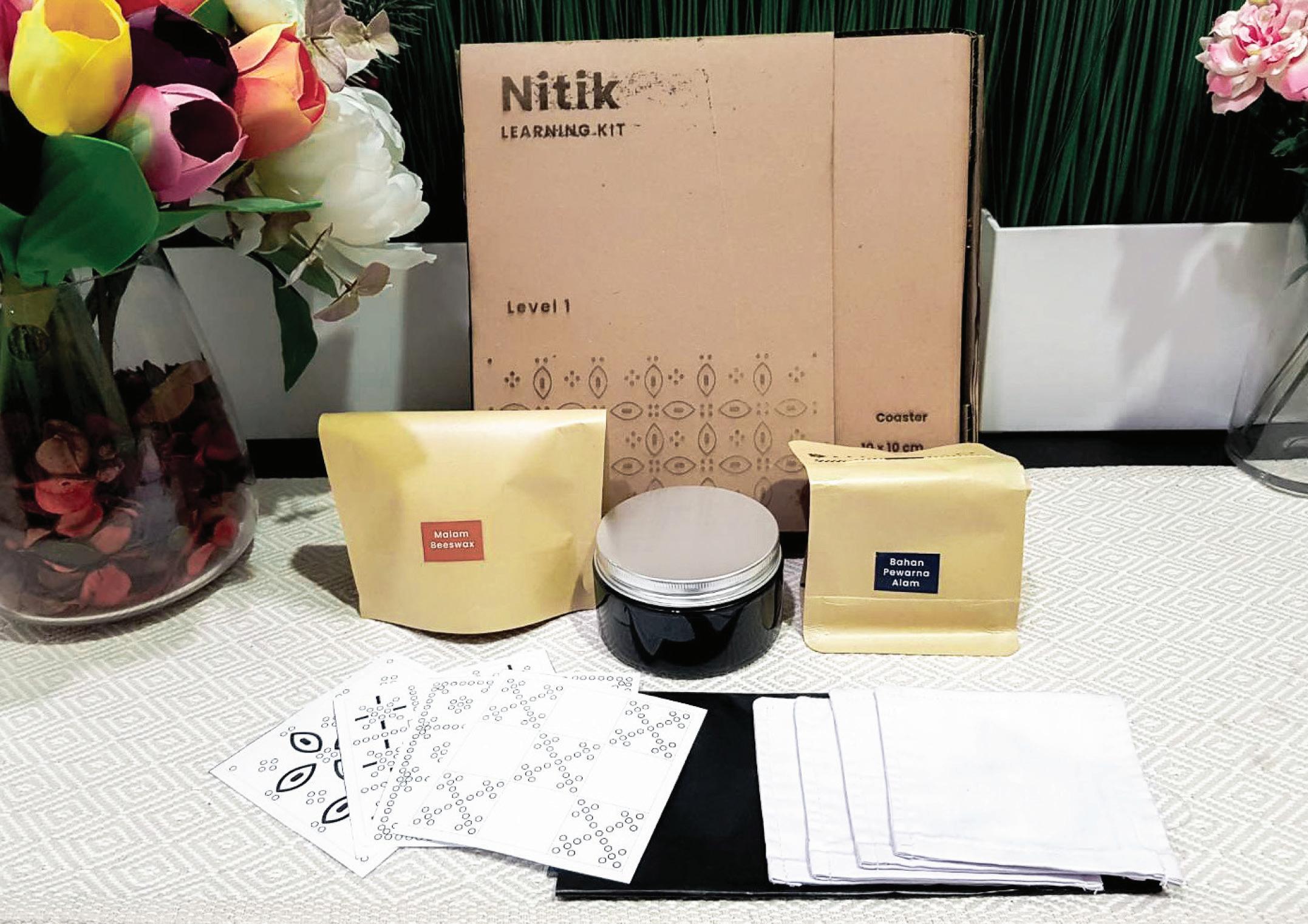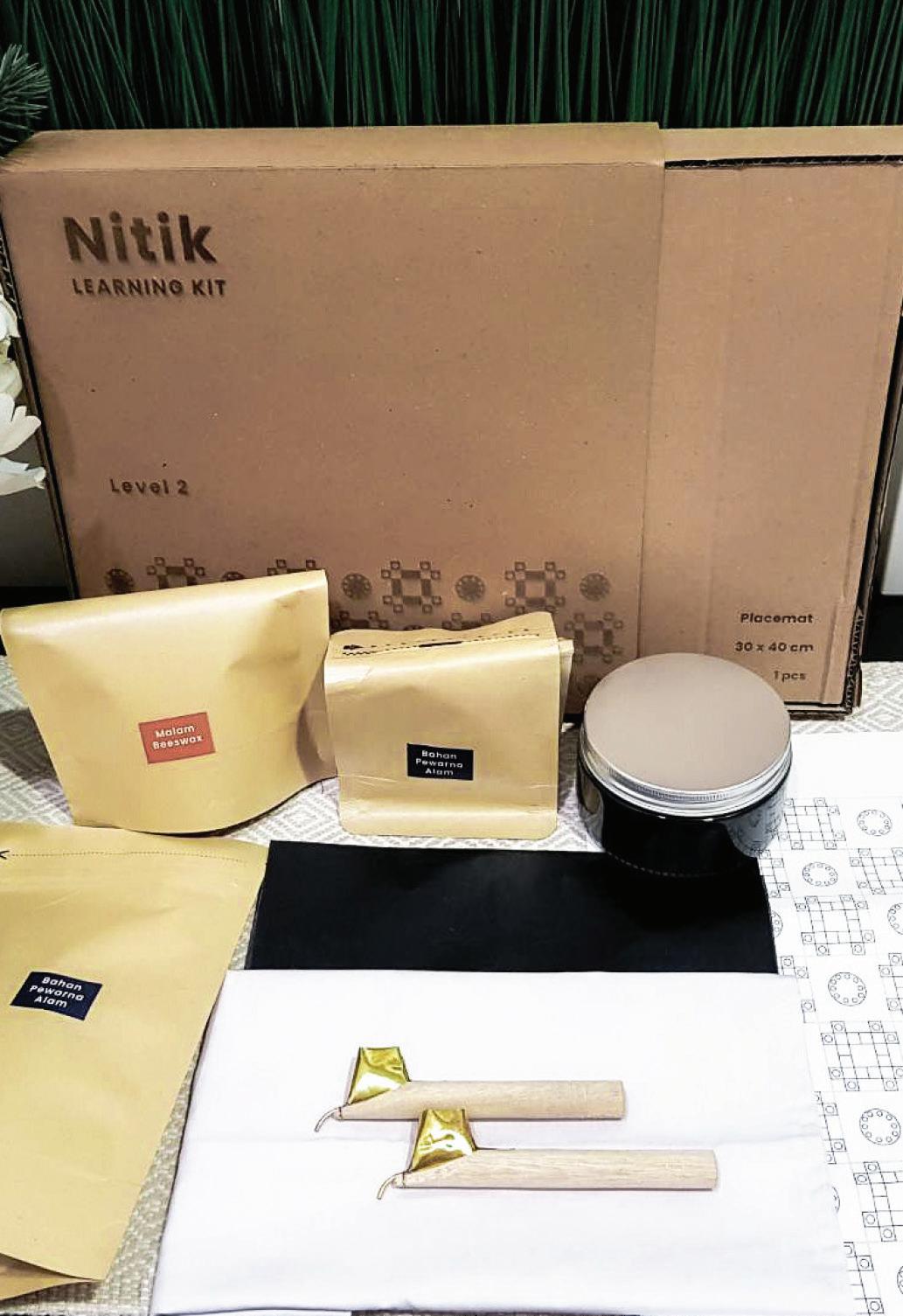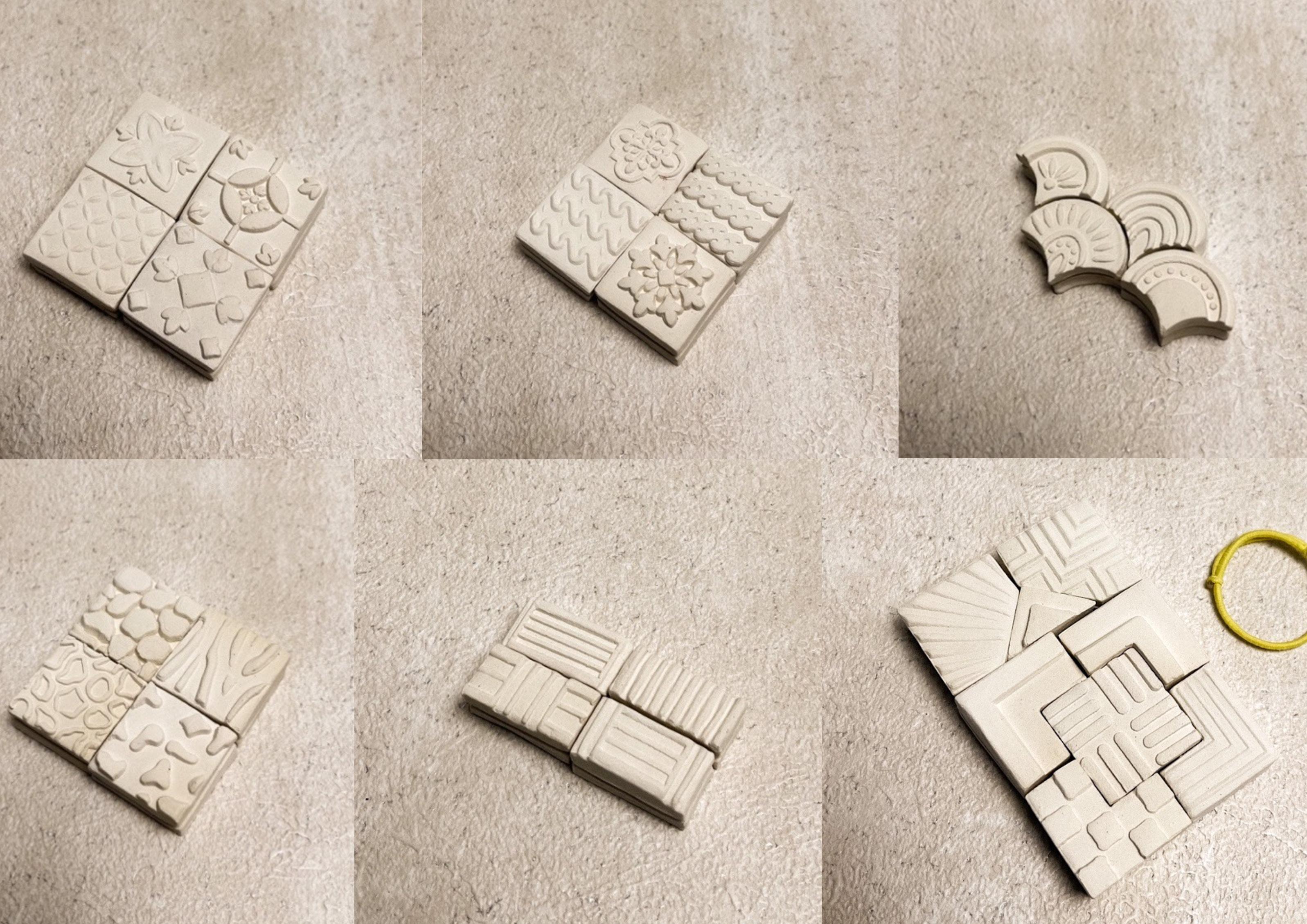
4 minute read
“FINAL DESIGN”
Many people have become interested in developing art and craft products since the COVID-19 pandemic. One of them is making ceramics. However, the selling of ceramic tools, particularly ceramic decorative tools, is still diffcult to fnd in Indonesia. As a result, the authors conducted research on developing tool for impressing clay in different production techniques. The study suggests that the best production method to create the master stamps is with a CNC machine and propagated by bisque stamps. These methods are the most practical and cost-effective. Furthermore, the authors included a way to personalize it because most stamps on the market do not have this option. The stamps allow users to be more creative and imaginative by mixing and matching the stamps. The grooves on the edges of the stamp allow users to mix and match one stamp with other stamps using a special rope.

Advertisement
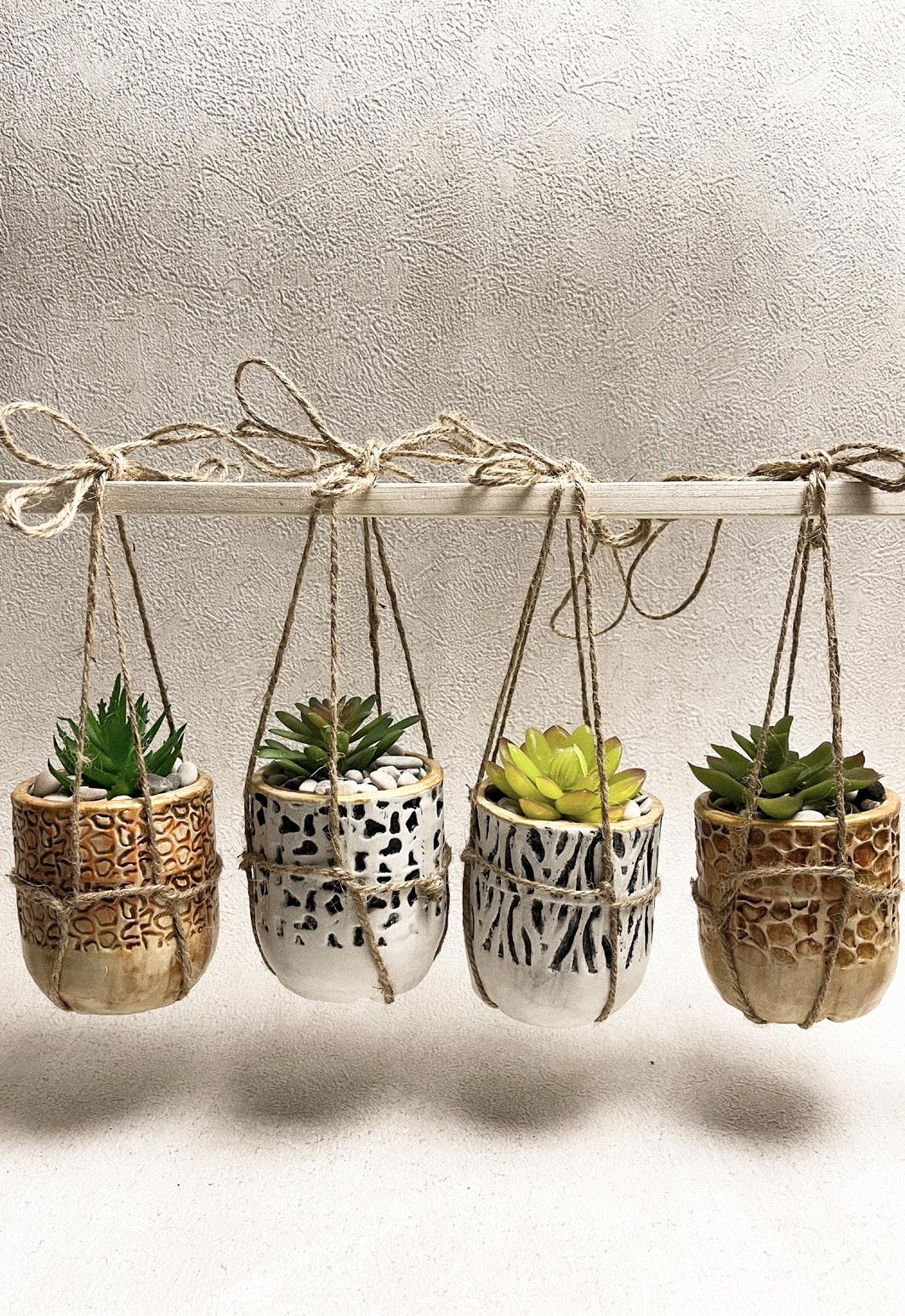
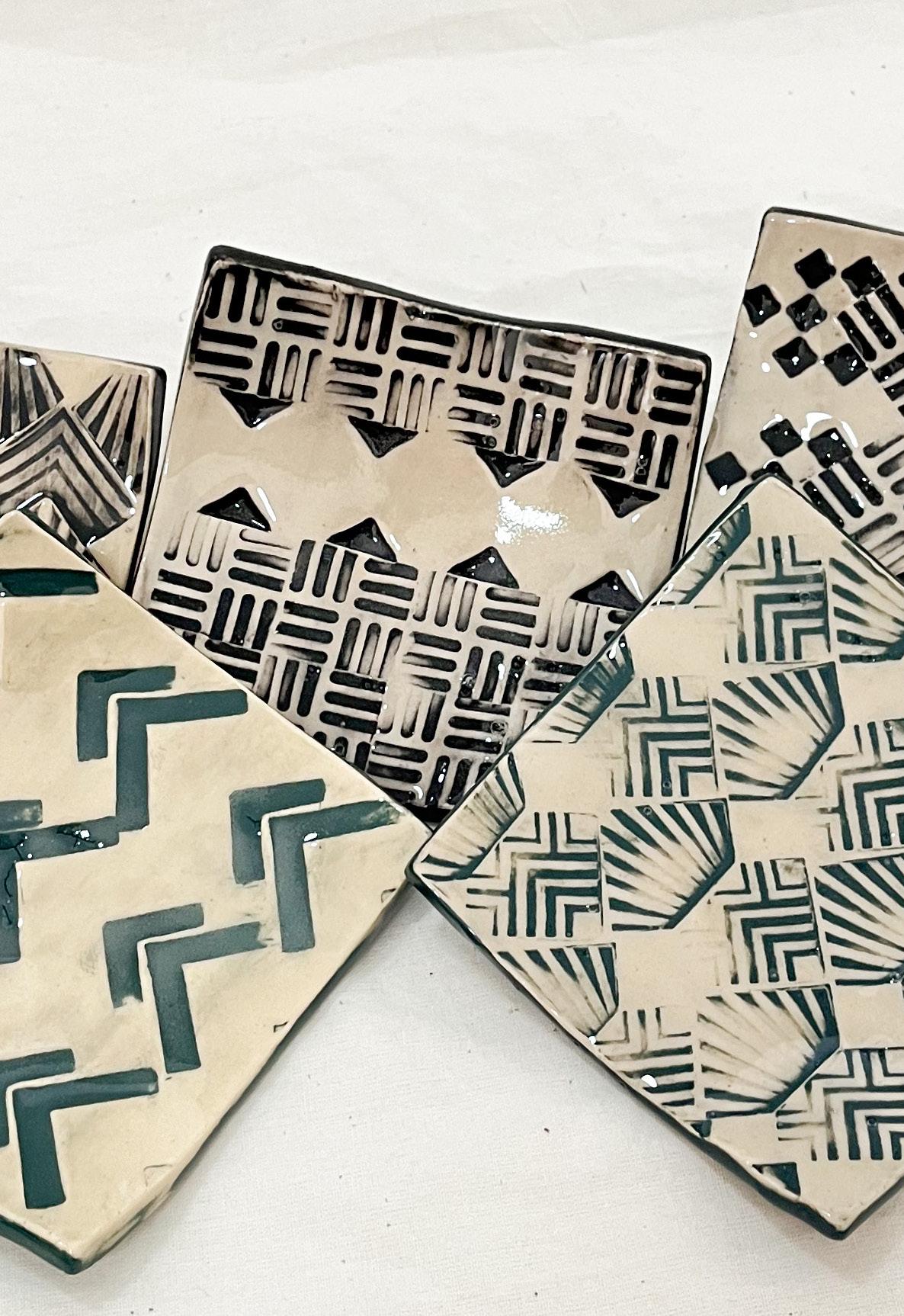


One of Indonesia’s cultural heritage is handicraft products (kriya). Therefore, it can be preserved by using these crafts and learning how to make them. One of the batiks that are starting to be abandoned is the batik nitik which comes from Yogyakarta. This batik motif is rarely produced because it is diffcult to make and takes a long time. To preserve this batik can be introduced early to school-age students. According to Josh Kaufman on ted talk, the fastest way to learn new things is to apply the concept of 20 hours. The frst step taken to start learning something is Deciding, decide what to do. Learn Enough, fnd out what you want to develop. Remove, Get rid of things that can distract from focus. Practice, practice at least 20 hours. By applying the concept of 20 hours into the learning kit, it can help the user to understand better in its manufacture so that the skills that they want to hone can be channelled clearly and well. This learning kit that incorporates elements of Indonesian culture, especially nitik batik.
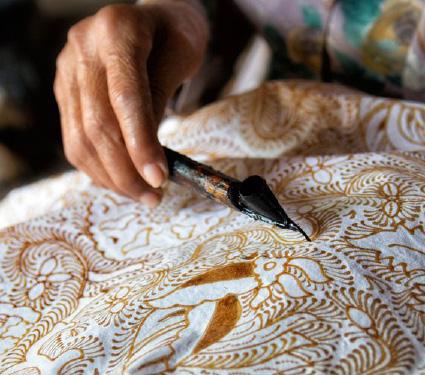
The process of making Batik Nitik requires a special canting that is made by itself by splitting the canting holes in both directions that are perpendicular to each other, so that when printed on the cloth it will be in the form of a box. The canting is called canting cawang or canting fower. Canting for batik nitik has rounded tip. It is different from any other canting. Making this pattern can’t be done by tracing an existing motif, but by making a box-shaped scheme. The nitik batik motif consists of thousands of dots arranged and measured in such a way as to form spaces, angles, and geometric felds. Apart from being made up of squares and rectangles, the decorative framework is made of cecek (cecek pitu, cecek telu), and is combined with klowong and wall ornaments. The process of coloring and dyeing nitik batik can be done using natural dyes and synthetic dyes.
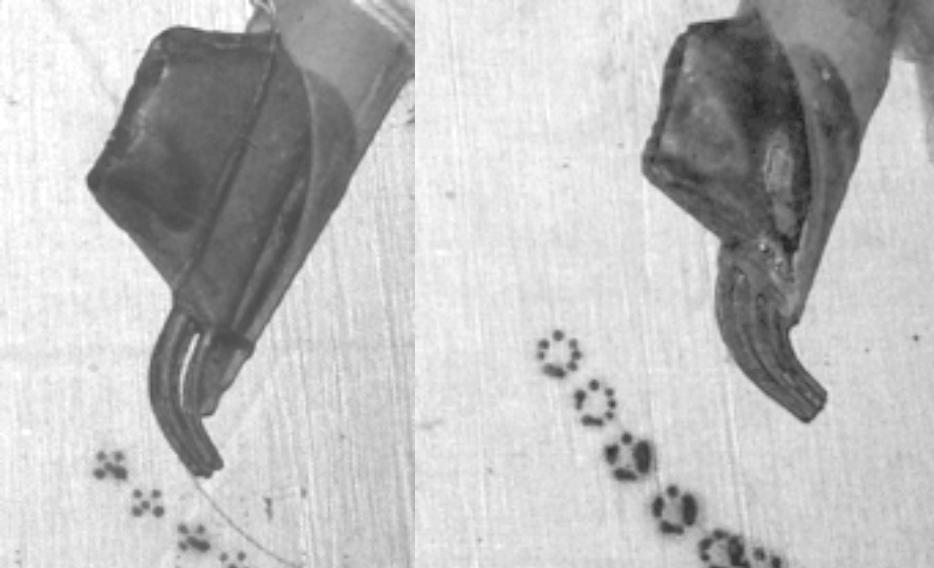
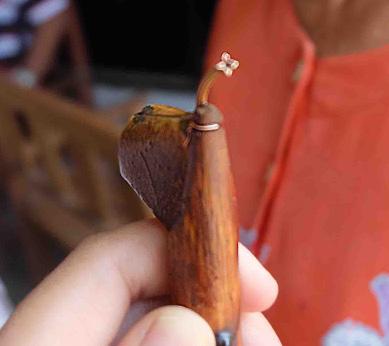
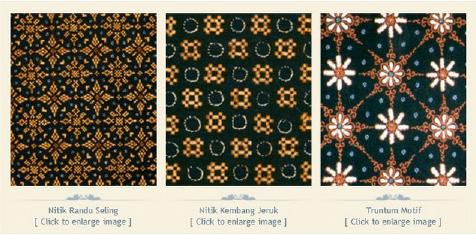
The application steps to quickly acquire new skills on the products using the concept of the frst 20 hours
1.Deconstructing skills (Deciding) You can choose where to start frst, for example if you want to make a big pattern
2.Learn enough to self-correct (Deconstruct) Can explore materials to make home decor using 2 techniques, namely by using batik techniques and coloring
3.Avoiding training barriers (Removing) Can make video tutorials as a substitute for distraction media from tv, internet, etc
4.Practice at least 20 hours (Practicing)
Can use progress tracking which can track the progress made. For example, at 1 o’clock make the pattern frst, then at 2 o’clock use night, at 3 o’clock make the ornament and so on for up to 20 hours

Beginner, At this level, users will follow the techniques. They still had to think about executing his skills well. Users follow the basic techniques of batik and coloring.
• Simple pattern
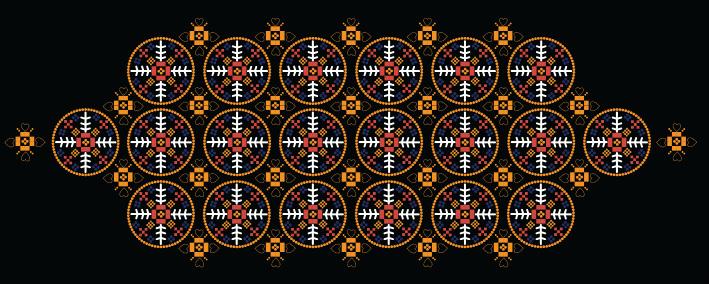

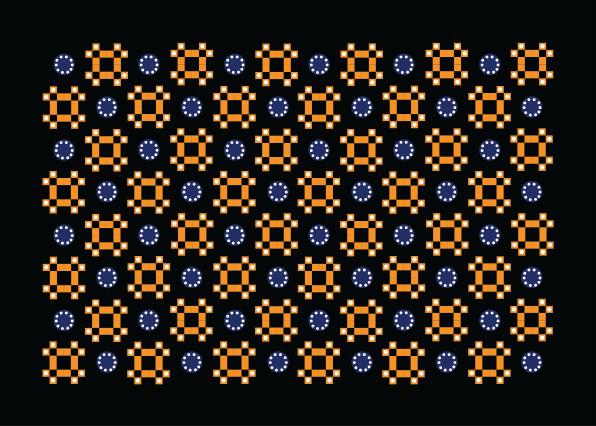


• 1 colour
• Coaster
Intermediate, At this level, the user begins to understand the context, when a technique is effective and when a technique is not effective. They are able to consciously analyze the techniques they use. Users have started to understand attaching
• Slightly complicated pattern
• 2 colour
• Placemat

Expert, At this level, the user’s intuition begins to form. They begin to understand the patterns associated with their skills.
• Complicated pattern
• 3 colour
• Table runner
The application of progress tracking is carried out using the Tasks application which later students and teachers will be in 1 group and the teacher can create tasks for each student.
The barcode will go to the linktree that has been connected to various links. The barcode link for each level will be different and will be adjusted to the needs of each level.
Content of linktree:
• Introduction Videos
• Video Tutorials
• Guidebook PDF
• Video Tutorial Tracking Progress
• Video How to Take Care of Batik
This study contributes to better understanding of how the concept of 20 hours can be implemented to DIY learning kit to make Batik Nitik. The study reccomends that the concept of this design is a home decor learning kit by incorporating motifs from nitik batik. This learning kit offers batik making using written batik techniques and using natural coloring techniques. This learning kit will have a progress tracking feature. This learning kit will be divided into 3 levels, beginner, intermediate, and expert. To make batik, tools and materials are needed, such as wax, canting, cloth, patterns, and dyes. The repetitive nitik batik pattern is made simpler. To facilitate the process of implanting, use ordinary canting. The dye used will use natural dyes so as not to pollute the environment. The concept of 20 hours can be useful to help develop skills. This learning kit also features video tutorials and guidebooks that can be opened online via barcode.
